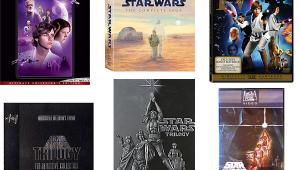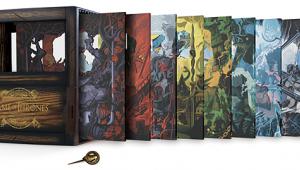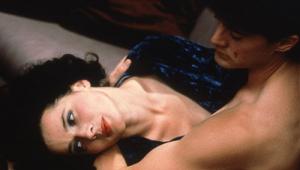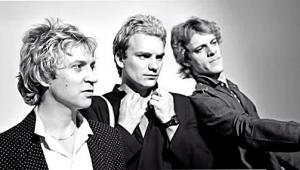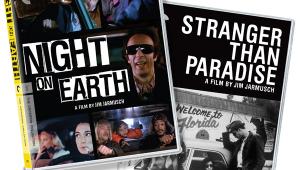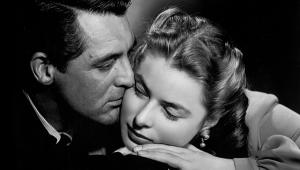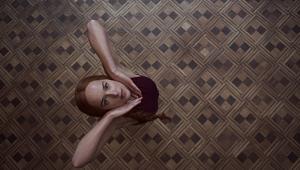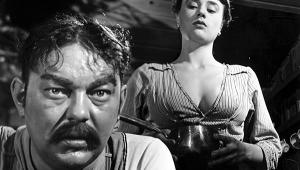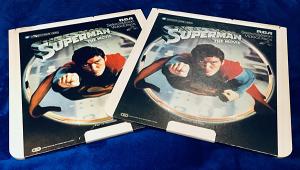The Master
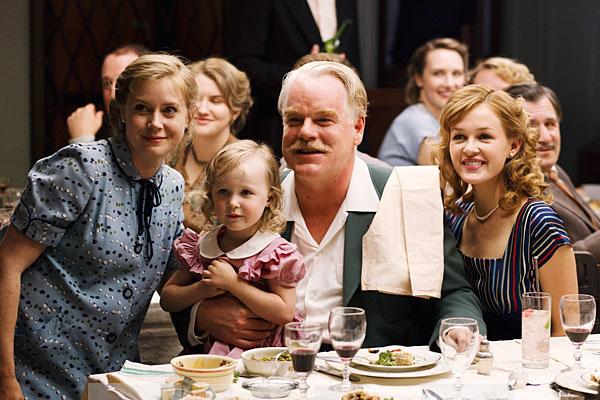
Which raises the question: Is Anderson’s film an enigmatic masterpiece that will stand the test of time or a vague message movie that got away from a gifted but overreaching filmmaker? There’s too much control and precision for the latter theory to hold. It’s not that The Master doesn’t answer the questions it raises; it’s just not typical or tidy in doing so. In spite of its visual grandeur, it’s tunnel-visioned in seeing the birth of a major cult through the power dynamics within the relationship between the “master” of The Cause (Lancaster Dodd, played by Philip Seymour Hoffman) and his damaged would-be protégé, shell-shocked WWII veteran Freddie Quell (Joaquin Phoenix). This isn’t a broad piece about the arc of Scientology, but rather a focused examination of the way cults work on their followers through an intense character study of The Cause’s magnetic leader Dodd and the follower he challenges himself into fixing.
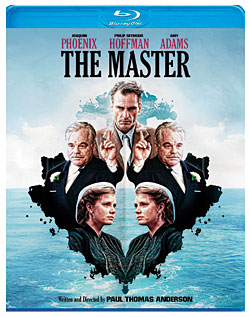 As (beyond brilliantly) acted by Hoffman and Phoenix, The Master is unnervingly powerful in the way it displays the methods The Cause employs to break down its followers’ identities. Although we meet Freddie first and see the master and The Cause through his eyes, the sly revelations at film’s end aren’t his, but the master’s. Freddie is the embodiment of the animalistic man The Cause claims to cure, and when Freddie can’t be wooed or threatened into following a master, Dodd is the one who’s broken as he recognizes The Cause’s failure and his. Of course, it’s apparent, too, that by then The Cause has grown larger than its master.
As (beyond brilliantly) acted by Hoffman and Phoenix, The Master is unnervingly powerful in the way it displays the methods The Cause employs to break down its followers’ identities. Although we meet Freddie first and see the master and The Cause through his eyes, the sly revelations at film’s end aren’t his, but the master’s. Freddie is the embodiment of the animalistic man The Cause claims to cure, and when Freddie can’t be wooed or threatened into following a master, Dodd is the one who’s broken as he recognizes The Cause’s failure and his. Of course, it’s apparent, too, that by then The Cause has grown larger than its master.
The Master was shot almost entirely (and in select theaters, projected) on large-gauge 65mm film (surprisingly framed at 1.85:1). The picture here is breathtaking in its depth, natural texture, and superbly rendered detail, in step with my vivid memories of the glorious 65mm film presentation. In spite of some apparent flicker early on (which was also present theatrically), the living grain structure is very fine, but present, and the colors, contrast, and over- all image are reference quality. This is more than beautiful; it’s awe- inspiring. The sound and particu- larly the music and score (by Radiohead’s Jonny Greenwood) are excellent, and if it’s not quite as dazzling as the imagery, that’s because it doesn’t need to be.
The best of the extras are the outtakes and deleted scenes, but especially John Huston’s amazing 1946 documentary Let There Be Light, which stands on its own but also thematically informs the art on screen. The Master is that rare movie that inspires serious thought and discussions that will resonate for hours after each viewing, and perhaps much longer.
Blu-Ray
Studio: Anchor Bay, 2012
Aspect Ratio: 1.85:1
Audio Format:
DTS-HD Master Audio 5.1
Length: 138 mins.
MPAA Rating: R
Director: Paul Thomas Anderson
Starring: Philip Seymour Hoffmann, Joaquin Phoenix, Amy Adams


